Character-Inspired Organization

I had the honor to talk with Joan Duffell and Andrea Lovanhill.
Joan retired last year after working at the Committee for Children for 36 years, serving as the organization’s Executive Director from 2007 until 2019.
Andrea is the Chief Executive Officer.
The mission of Committee for Children is to foster the safety and well-being of children through social-emotional learning and development. The organization created their Second Step program in 1985.
Dr. Arthur Schwartz, President, Character.org
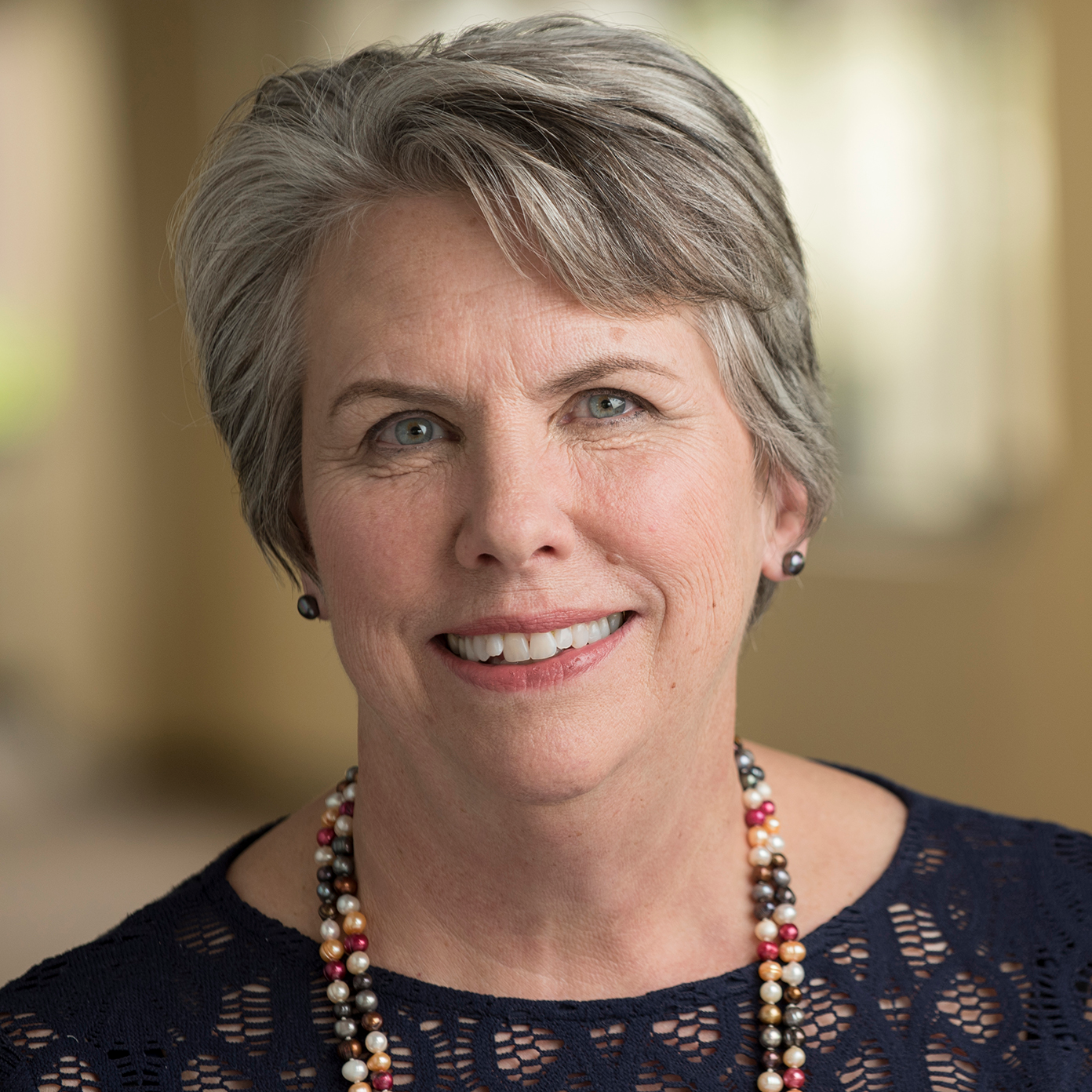
Q: Joan, the Committee for Children was formed in 1979. How has the focus of the organization changed from those early years to now?
I started in 1983 as a part-time staff person, coordinating volunteers, and managing our speakers’ bureau. Our mission back then was to prevent child abuse through education and training. We offered a program called “Talking about Touching” that taught adults about the warning signs of abuse, how to talk to a child, and how to report abuse. We also developed a curriculum to teach kids how to recognize and report abuse. We became convinced that we could teach people these skills. Everything changed for us when our program was featured on the Today Show. Overnight, schools from all over the country began contacting us.
Q: When was the Second Step curriculum developed?
I remember one staff retreat that transformed our focus. We realized that we needed to understand why people hurt other people. Why do some people lack impulse control or empathy? When we reviewed the literature, we found that violent and aggressive offenders consistently lack a core set of social and emotional skills: empathy, impulse control, emotional management. And that’s how the name came to be. The Second Step curriculum, developed in 1986, was literally our second step into prevention. The Los Angeles Unified School District adopted Second Step in the late 1980s, and since then we’ve worked with large and small school districts across the United States and around the world to bring social and emotional learning to children, educators, and families.
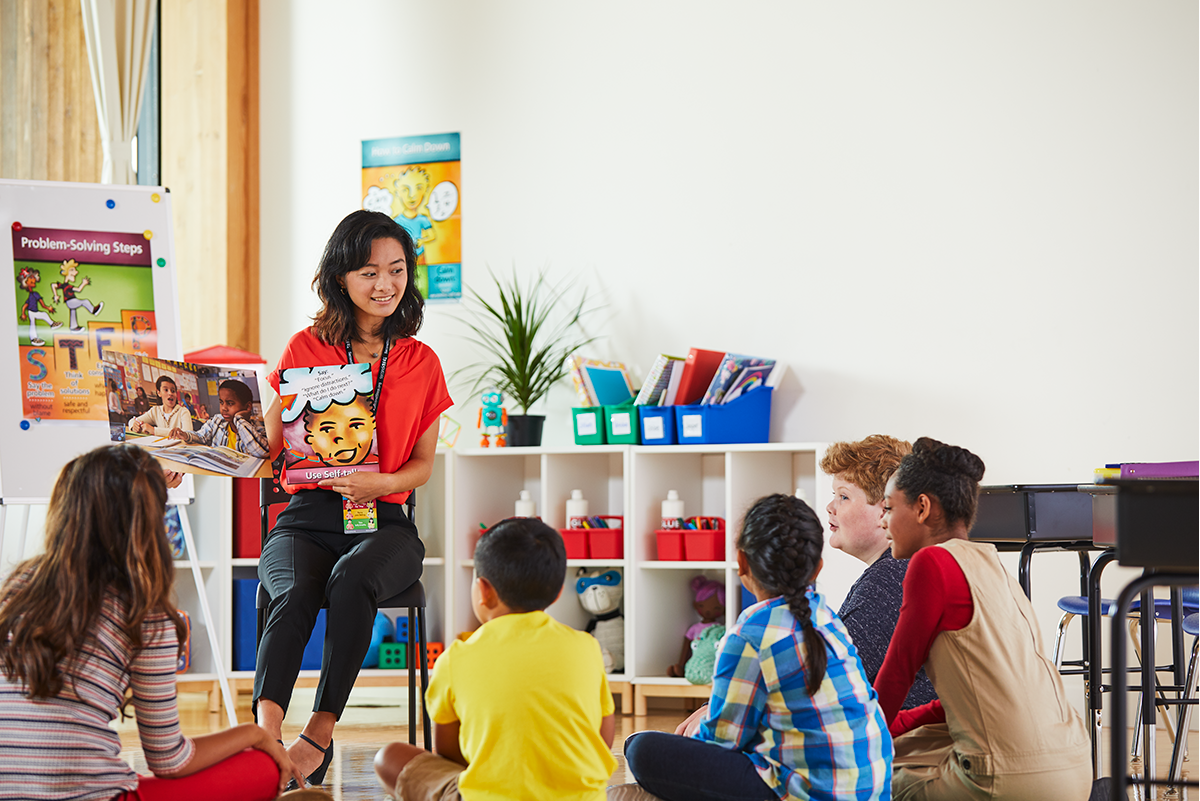
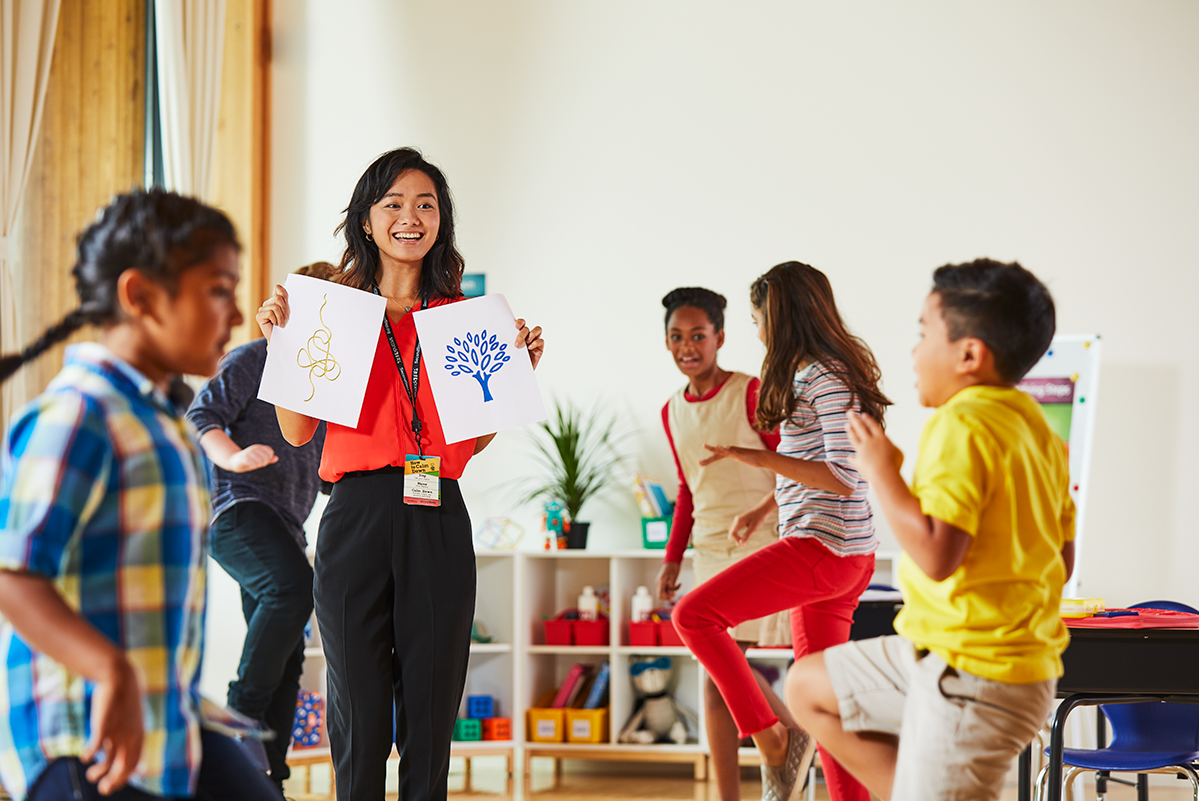
Q: Andrea, help our readers learn more about the impact of the Second Step program; in other words, if someone is skeptical, what evidence do you offer that the program is making a difference?
The Second Step program is fortunate to have been part of a number of randomized control trials (the gold-standard in research) and other studies which have shown the transformative positive impact the program has on children. Other studies have shown there’s an average return on investment of $11 for every dollar spent on evidence-based SEL. And there’s so much more. I’d encourage anyone who’s curious about the evidence supporting our programs to dig into the research behind them.

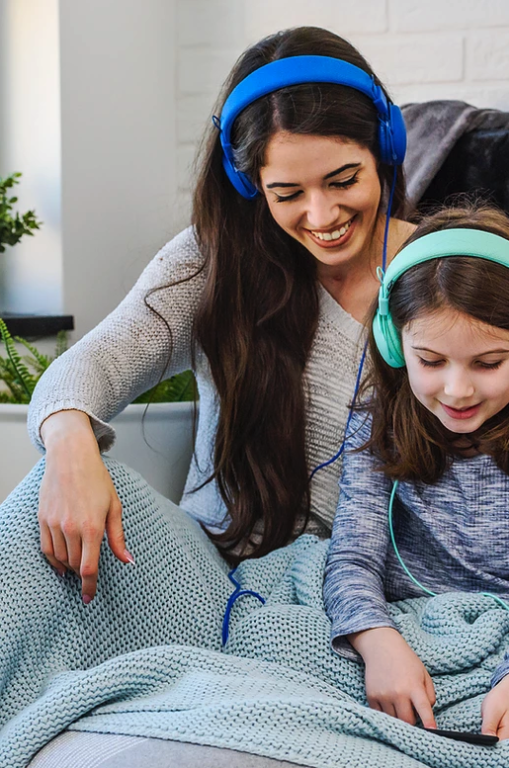
Q: Joan, you worked at Committee for Children for 36 years, serving as the organization’s Executive Director from 2007 until 2019, when you retired. What has been one or two of your “shining star” moments?
I have three. One was when the U.S. Department of Education designated Second Step as a Model Program. It validated our approach to always follow the research while simultaneously building a quality program that could be scaled. The second is our international impact. My dad traveled extensively overseas, and he was always telling us at the dinner table that approaches that work in the U.S. won’t always work in other parts of the world and that it is our job to adapt our curriculum to other cultural settings, not the other way around. So I’ve always held onto the value of cultural adaptation so that kids all over the world could benefit from our work. I am very proud of our international footprint and the commitment of our partners in countries around the world.
Q: And what is your third “shining moment”?
In 2017 we decided to push ourselves as an organization. While we were doing good – reaching 10 million children each year with strong evidence of effectiveness – it was not good enough. We wanted to continue to grow, both in terms of reach and impact. We brought the board and staff together. Over the course of an entire year we engaged people both inside and outside the organization in deep and authentic conversations. At times there was tension, as the organization already felt stretched. But in 2018 we finally announced our audacious goal to reach 100 million children by 2028, while also significantly deepening our impact.
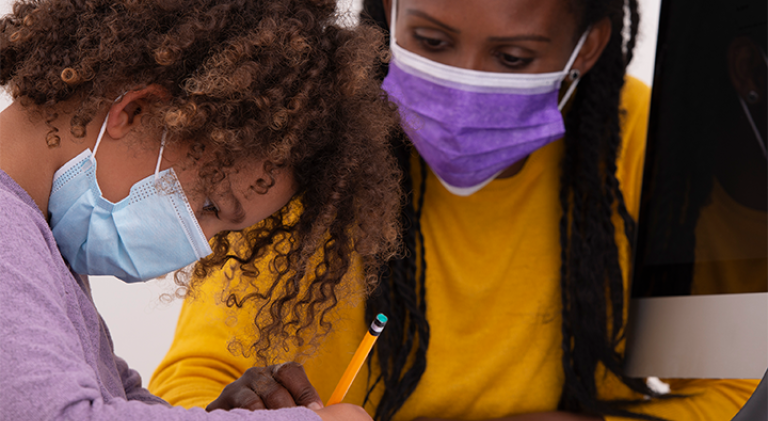
Q: Wow. Andrea, any updates on this awe-inspiring goal?
We know that to reach this goal we need to strengthen and deepen K–12 leadership and staff knowledge about social-emotional learning (SEL) as well as their own social-emotional skills. For many children, in addition to their family, educators play the most meaningful role in their social-emotional development. That’s why we created an online library of resources to support educators through the pandemic, whether they’re teaching in person, remotely, or a combination of the two. Our researchers, educational designers, and instructional designers have also partnered with leaders in adult education to build our upcoming Second Step SEL for Adults program. And we’ve already seen some promising results. We’re very excited to release the full program in 2021.
We also recently launched Second Step® Out-of-School-Time, a research-based SEL program specifically designed to meet the needs of after-school and other out-of-school settings. And our Innovation team has created a number of supports to help families cope with the extended social-emotional impacts of the pandemic, like Purrble, a smart toy designed to help children calm down when they’re feeling anxious. We also launched The Imagine Neighborhood, a family podcast designed to help kids and grownups build their social-emotional skills screen-free. On top of that, we’ve seen great success from Nurture Seattle, our text-message based mentorship program for new parents.
Q: Andrea, share with us your background?
I’m originally from Kentucky, where I worked for a nonprofit focused on environmental education and conservation, collaborating with many local schools and out-of-school programs. When I moved to Seattle, I knew I wanted to work with nonprofits focused on improving the lives of children. In 2007, I learned about the Committee for Children, and I was inspired by the organization’s incredible history of advocating for children. Once I truly understood the power of social-emotional learning and how it can help children access their full potential, it was clear that I needed to be part of this important work. I remember reading the vision and mission statements and thinking, “Sign me up.” It’s one of the best decisions I’ve ever made.
Q: Andrea, is there something about the SEL skills that you know now that you didn’t know before you started at Committee for Children?
Two things come to mind. First, when I joined Committee for Children, I was at a very different point in my life. I was thinking about going to graduate school. I hadn’t met my spouse, and I didn’t have any kids of my own yet. One of the biggest lessons I’ve learned is that SEL is crucial to developing resilience in times of crises, for both adults and children. And I see how much social-emotional skills help when my youngest runs away from virtual circle time, or when my kids begin to feel anxious.
And the second part is that when I started at Committee for Children, I was really thinking of social-emotional learning on a smaller scale: an educator teaching their students, or a parent developing a child’s social-emotional skills over time. But over the last thirteen years, I’ve developed a true passion for the socio-ecological model, which approaches SEL from the individual and interpersonal levels to the larger community, organizational, and policy levels. In order to make the biggest positive impact on children and change the world, our work needs to be comprehensive and touch all of these levels.
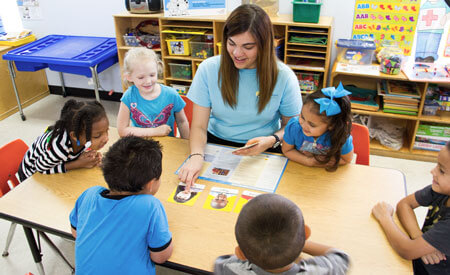
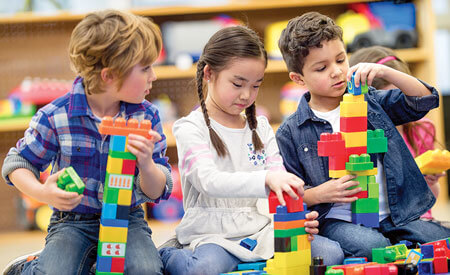
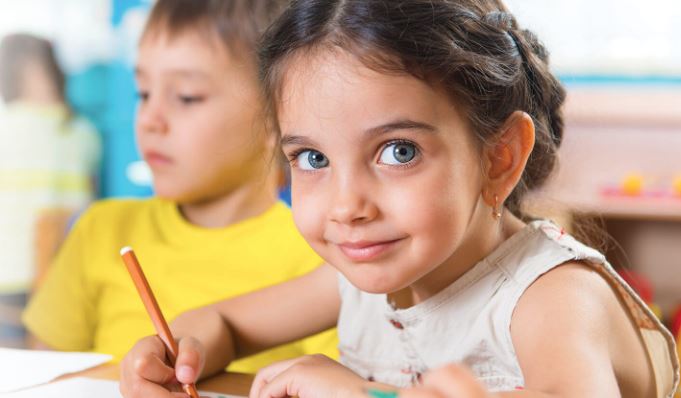


Q: Joan, you were an executive director for over 20 years. What did you learn being a leader?
Honestly, it took awhile for the “penny to drop” for me. About 15 years ago we began working with school leaders on how they could use SEL skills to improve the climate and culture of their schools. I soon realized that I needed to apply these lessons to my own leadership at Committee for Children. So I started to use the “playbook” we had developed for school leaders and apply it to my own leadership. My goal was for everyone in the organization to “walk the talk” of SEL. It transformed me as a leader, and I believe it changed the climate and culture of our organization.
Q: Andrea, on a personal level, what orients your moral compass? What is your North Star?
From a very young age, I felt compelled to seek mission-oriented work. I wanted my efforts to have a positive, lasting impact on the lives of others. This year especially, I’ve been thinking a lot about the division in our nation. And I’ve grown particularly sensitive to the proliferation of an “us versus them” mentality in our society. I come from a family of nurses, and my grandmother, who has been a nurse for more than 60 years, really instilled in me the value of caring for your community. She showed me that none of us exist in a silo, that my success is intricately linked to yours and vice versa. We must actively listen to one another, be vulnerable and willing to learn from one another, implement innovative problem-solving strategies, and practice radical empathy. This kind of community-based and cross-system problem-solving is what I’m striving for both personally and professionally. I believe social-emotional learning is a foundational part of that work, and I’m so grateful to be a part of a field that is self-reflective and evolving to meet the needs of the diverse communities we serve.
Joan, what orients your moral compass?
For me, character is doing the right thing even when no one is looking. Years ago I realized that I didn’t have to take credit for things. I learned that both within the organization and across the field “your success is my success.” This core value helped me to relax and simply focus on doing what I felt was right.
To learn more about Committee for Children, visit: cfchildren.org.





